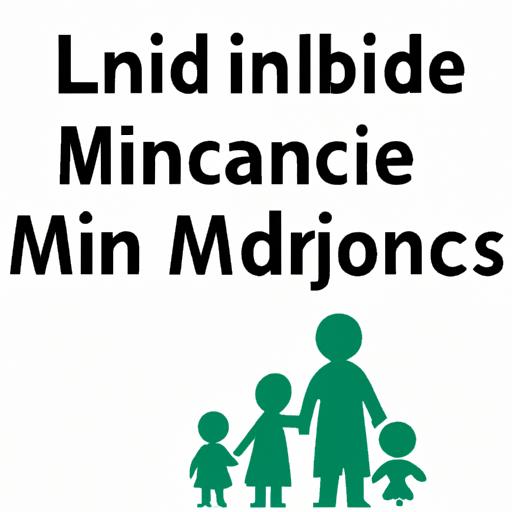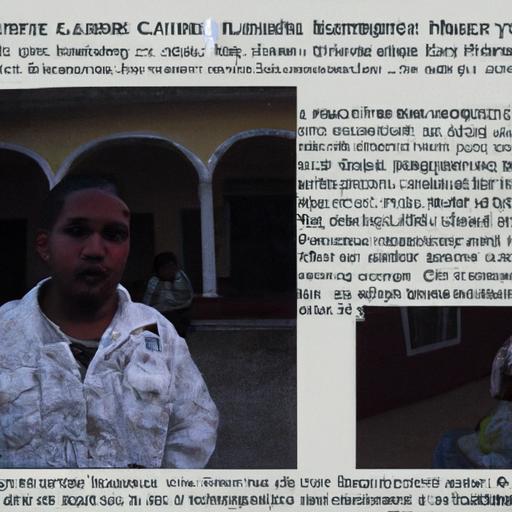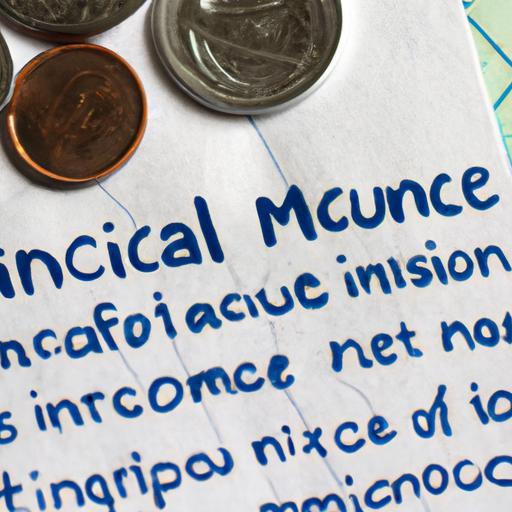In a world where financial stability can often feel like a distant dream for low-income families, microinsurance has emerged as a beacon of hope. Offering protection and security against life’s unpredictable twists and turns, microinsurance caters specifically to the unique needs of those who are most vulnerable to economic shocks. Join us as we explore the world of microinsurance and how it is reshaping the lives of low-income families around the globe.
Table of Contents
- 1. Empowering Low-Income Families: The Rise of Microinsurance
- 2. Breaking Down Barriers: How Microinsurance is Making a Difference
- 3. A Lifeline for the Underserved: The Benefits of Microinsurance
- 4. From Risk to Resilience: How Microinsurance is Changing Lives
- 5. Bridging the Gap: The Role of Microinsurance in Financial Inclusion
- 6. Looking Towards the Future: The Potential of Microinsurance for Low-Income Families
1. Empowering Low-Income Families: The Rise of Microinsurance
Microinsurance is revolutionizing the way low-income families access financial security. By providing affordable insurance products tailored to their specific needs, microinsurance is breaking down traditional barriers to financial protection. These innovative policies cover a range of risks, from health emergencies to natural disasters, ensuring that vulnerable individuals have a safety net when they need it most.
Through partnerships with local organizations and innovative technology solutions, microinsurance companies are able to reach underserved communities and offer them peace of mind. By leveraging the power of community-based networks and simplified processes, microinsurance is empowering low-income families to build resilience and protect their livelihoods. With the rise of microinsurance, financial security is no longer out of reach for those who need it most.

2. Breaking Down Barriers: How Microinsurance is Making a Difference
Microinsurance is revolutionizing the insurance industry by providing a safety net for individuals who were previously unable to access traditional insurance policies. By offering affordable coverage tailored to the specific needs of low-income populations, microinsurance is breaking down barriers and promoting financial inclusion worldwide. With simple application processes and flexible payment options, more people than ever are able to protect themselves and their loved ones against unexpected risks.
Through partnerships with local communities and organizations, microinsurance providers are able to reach marginalized populations and empower them to take control of their financial futures. By offering innovative products such as weather-indexed crop insurance and health savings plans, microinsurance is not only mitigating risk but also helping individuals build resilience and stability. As more and more people recognize the value of microinsurance, its impact is rippling across continents, transforming lives and fostering a more equitable society for all.
3. A Lifeline for the Underserved: The Benefits of Microinsurance
Microinsurance plays a crucial role in providing financial protection to underserved communities around the world. By offering affordable insurance products tailored to the needs and financial capability of low-income individuals, microinsurance bridges the gap between vulnerability and financial stability. This lifeline empowers the underserved to cope with unexpected events such as illness, natural disasters, or accidents, which could otherwise push them deeper into poverty.
One of the key benefits of microinsurance is its contribution to promoting financial inclusion. By offering accessible insurance coverage, microinsurance enables individuals and communities to participate in the formal financial system, fostering long-term economic growth and stability. Additionally, microinsurance helps build resilience against risks, allowing the underserved to pursue economic opportunities without the fear of financial setbacks. In essence, microinsurance serves as a beacon of hope for those who often find themselves excluded from traditional insurance options.
4. From Risk to Resilience: How Microinsurance is Changing Lives
Microinsurance is not just a buzzword - it’s a game changer. By providing low-income individuals with access to affordable insurance products, microinsurance is helping to mitigate risks and build resilience in vulnerable communities around the world. From crop failures to illness, these insurance schemes offer a safety net that can mean the difference between poverty and prosperity.
Through innovative approaches and partnerships with local organizations, microinsurance providers are reaching the most marginalized populations and empowering them to protect their livelihoods. By tailoring insurance products to meet the specific needs of each community, microinsurance is not only changing lives but also paving the way for a more inclusive and sustainable future.
5. Bridging the Gap: The Role of Microinsurance in Financial Inclusion
Microinsurance plays a crucial role in improving financial inclusion by providing affordable insurance options to low-income individuals. By bridging the gap between traditional insurance markets and underserved populations, microinsurance helps to protect vulnerable communities from unexpected financial shocks. Through innovative products and distribution channels, microinsurance can empower individuals to manage risks and build financial resilience.
One key advantage of microinsurance is its ability to cater to the specific needs of marginalized groups, such as small-scale farmers and informal workers. By offering customizable coverage options and flexible payment plans, microinsurance ensures that these individuals have access to insurance products that are tailored to their unique circumstances. Additionally, microinsurance can promote financial literacy and savings habits among underserved populations, contributing to long-term economic stability and growth.
6. Looking Towards the Future: The Potential of Microinsurance for Low-Income Families
Microinsurance holds great promise for providing financial protection to low-income families in the future. By offering affordable insurance products tailored to the specific needs of this demographic, microinsurance can help bridge the gap in accessing crucial financial services. With advancements in technology and digital platforms, the distribution and administration of microinsurance can become more efficient and cost-effective, making it even more accessible to those in need.
Furthermore, the potential impact of microinsurance goes beyond just financial security. It can also empower individuals and families by instilling a sense of resilience and confidence in facing unforeseen challenges. Through education and awareness programs, low-income families can gain a better understanding of the importance of insurance and how it can safeguard their livelihoods. As more stakeholders work together to promote and expand microinsurance initiatives, the future looks bright for enhancing the well-being of vulnerable communities.
microinsurance offers a ray of hope for low-income families by providing them with essential financial protection at an affordable cost. By leveraging technology and innovative business models, this emerging sector is bridging the gap between vulnerability and security. As more providers and policymakers recognize the potential of microinsurance, we can look forward to a future where all families, regardless of their income level, can access the safety net they deserve. Let us continue to support and explore the possibilities of microinsurance, ensuring that no family is left behind in times of need.
